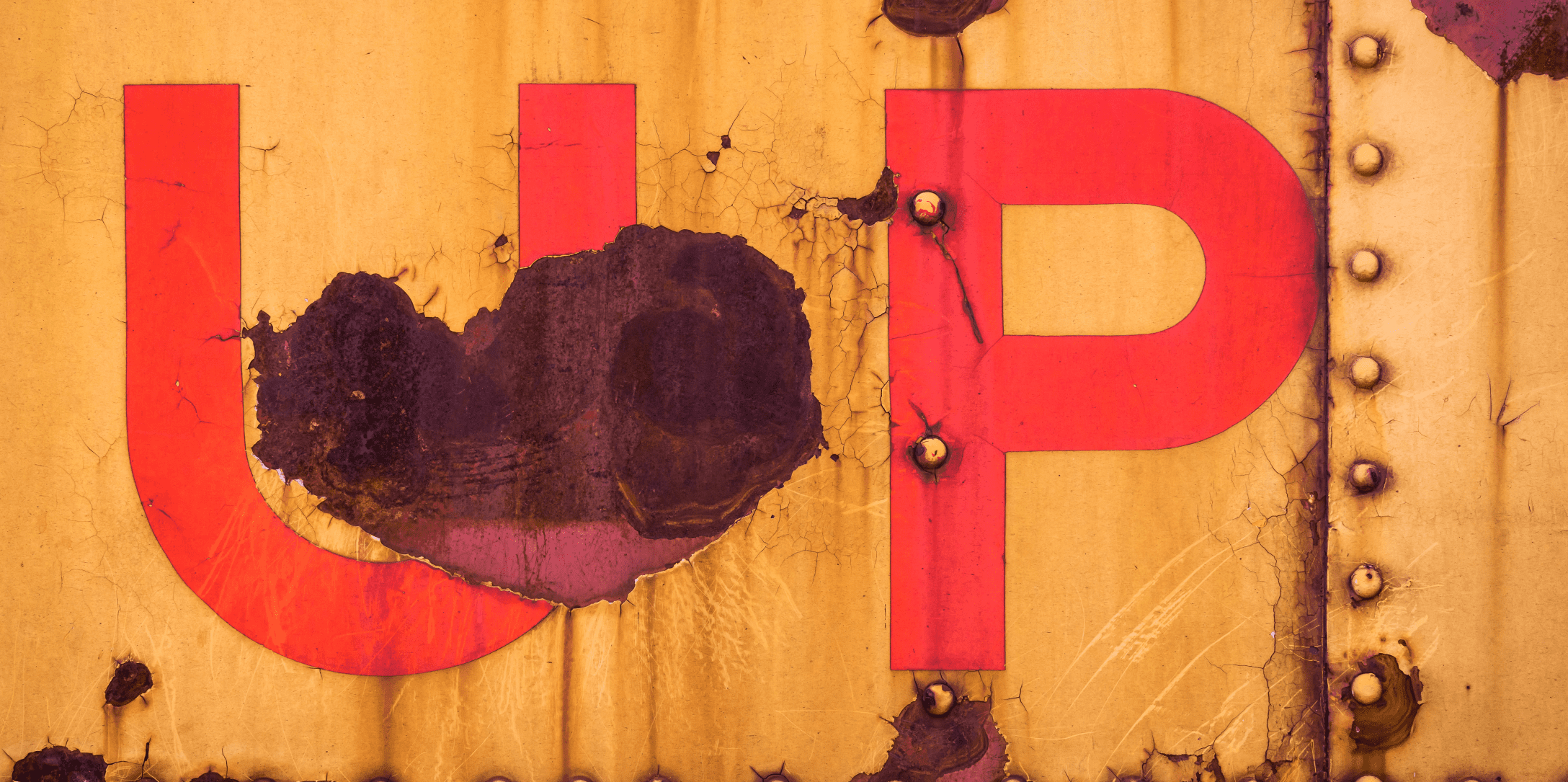In fact, stainless steel does not rust, it just rusts slowly. Next, we will explain to you the principles of stainless steel rust prevention and how to avoid rust!
Stainless steel is a thin, strong and stable chromium oxide film (surface protective film also called surface protective cover) formed on its surface. However, stability also has limitations, which will be explained later. The outer layer of chromium oxide film is to prevent the penetration of oxygen ions, causing continuous oxidation and forming anti-rust ability.
If the outer film is damaged, oxygen atoms in the air or liquid will invade or iron ions in the metal will continuously separate out to form iron oxide, and the surface will be continuously corroded.
There are many ways in which the chromium oxide mold layer is damaged. In daily life, there are roughly the following types:
In today's polluted air (such as the atmosphere containing carbon oxides, nitrogen oxides, sulfides, etc.), when encountering water, nitric acid, sulfuric acid, and acetic acid liquids are easily formed, which can easily cause chemical corrosion.
Dust containing metal elements accumulates on the surface of stainless steel. Under humid and moist air, the condensed water between the attachment and the stainless steel connects the two into a micro-battery, triggering a chemical reaction and destroying the outer membrane, which is called water. rust.
The use of steel brushes will cause surface scratches, damage the surface and cause oxidation corrosion.
There are some organic juices (such as soups, vegetables, spit, etc.) stuck to the surface of stainless steel. When there is sufficient water vapor and sufficient oxygen, organic acids are formed. Although it is a weak acid, it will damage the metal after a long time. Surface corrosion.
The surface of stainless steel contains acidic, alkaline, and salt substances (such as alkaline water, lime water splash when decorating walls, or hydrochloric acid when cleaning toilets, etc.), causing local corrosion. Wipe with acidic cleaner or acidic items, etc.
The above five situations can damage the surface protective film and cause rust. Therefore, we recommend regular rust removal and maintenance. This is the only way to keep stainless steel bright and clean.
How do ordinary people specifically remove rust and clean it?
Use special materials:
Areas near the sea must use 316 stainless steel. 316 material can completely resist seawater corrosion for a long time.
Find qualified manufacturers with inspection certificates:
Find a qualified and accredited manufacturer to avoid the trouble of corrosion in the future. The original source is variable, and solving it at the source is the best way.
Regular cleaning:
Clean the stainless steel surface frequently and use a special stainless steel cleaner or a neutral cleaning fluid to remove metal attachments and make the surface clean and less likely to cause chemical changes.
If you follow the above method to use stainless steel, you will no longer be scratching your head and worrying. If you have other questions, please contact Shengbang Steel and we will do our best to serve you. Thank you!



